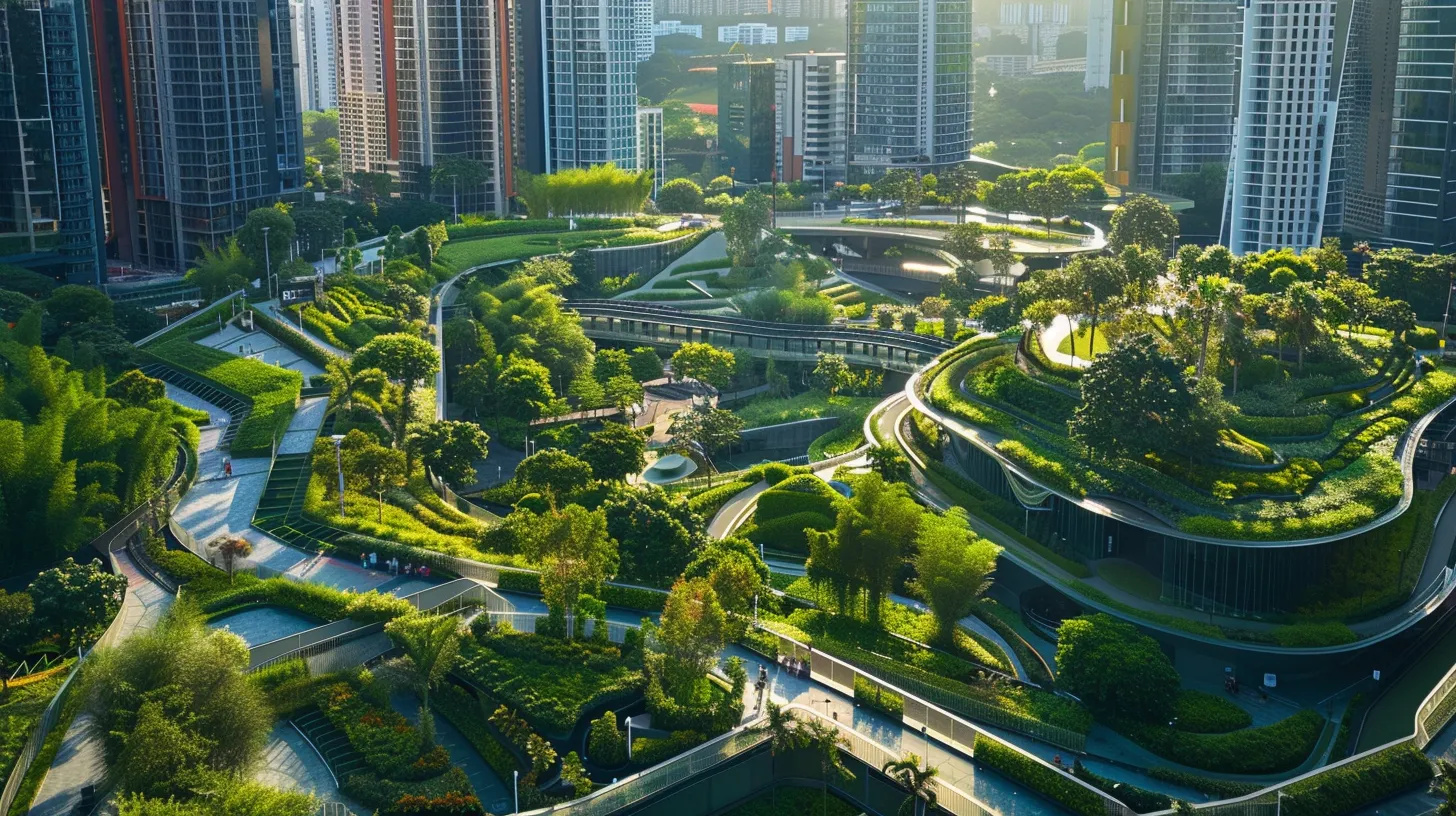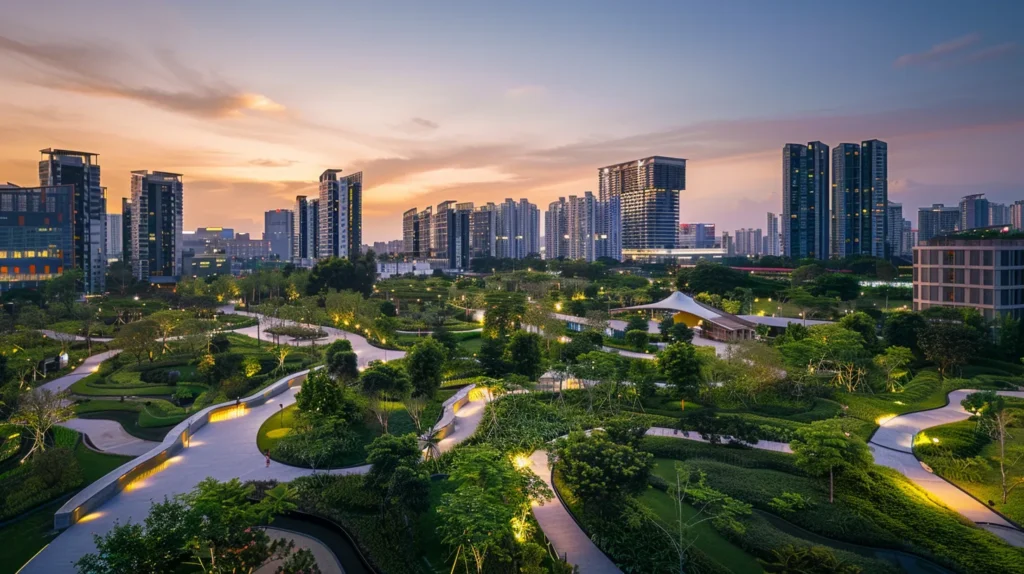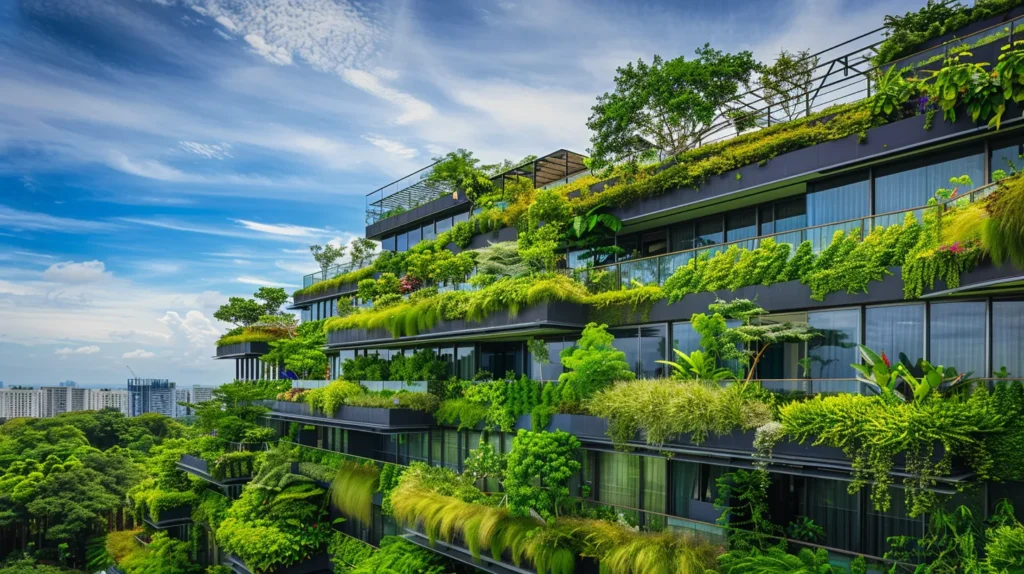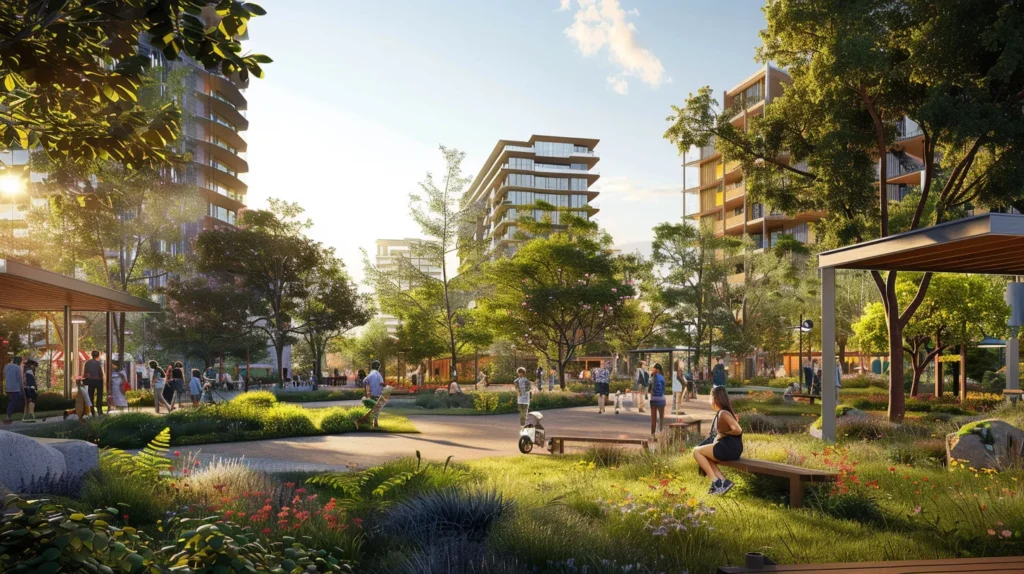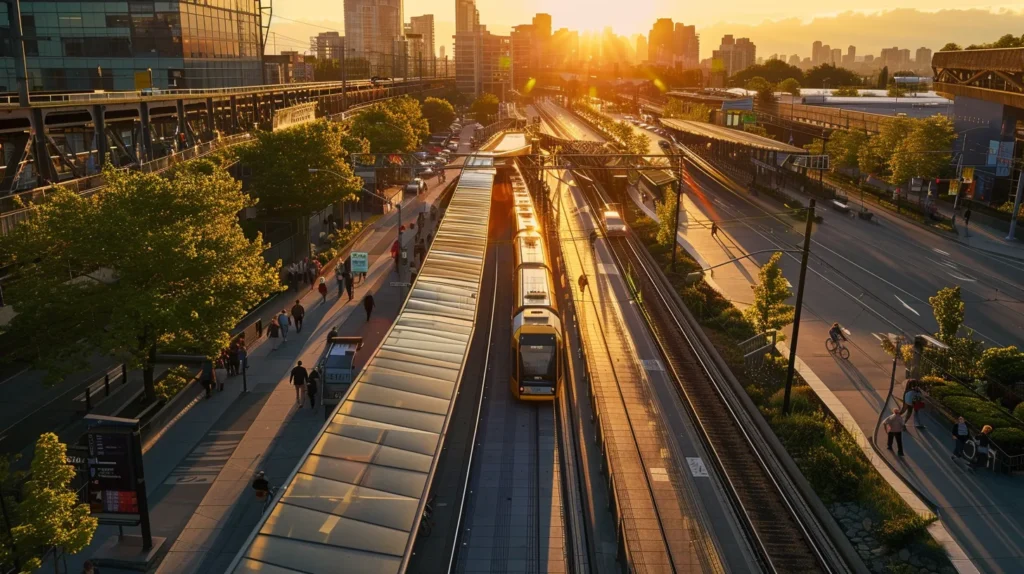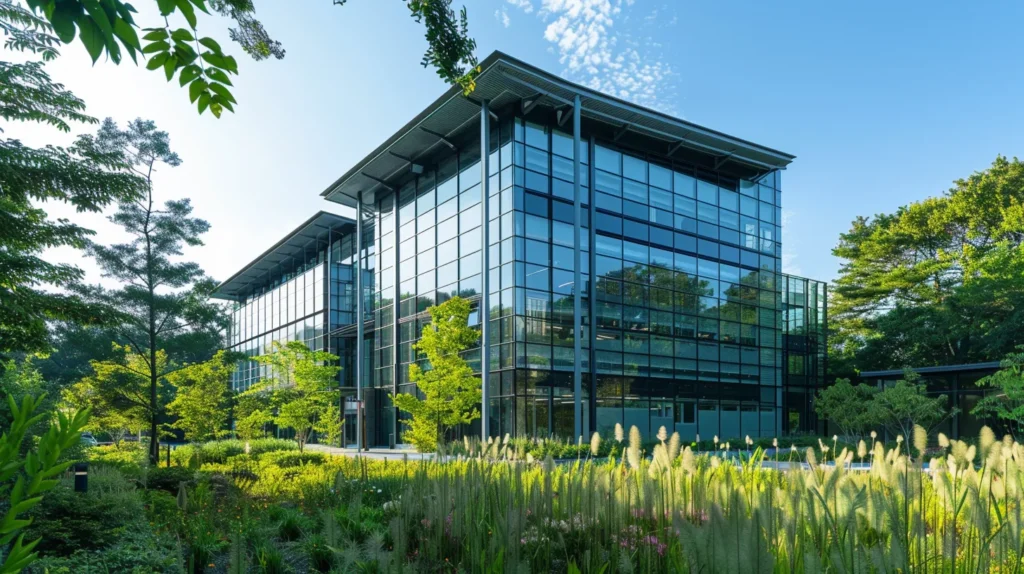
A Night Out in Saskatoon: Finding the Perfect Theatre Venue for Your Next Event
Saskatoon’s artistic heartbeat echoes in its array of theatres, each offering a unique backdrop for events ranging from dramatic performances to corporate presentations. As an event planner or an individual looking to host an unforgettable night, the choice of venue can significantly impact the vibe and success of your event. This Canadian city’s theatre venues are as diverse as the performances they host, catering to various tastes, sizes, and technical requirements. Selecting the right space will set the stage for a spectacular evening that attendees will remember. Below, we delve into what makes Saskatoon’s theatre scene special and how you can choose the perfect venue for your next affair.
Key Factors to Consider When Choosing a Theatre Venue in Saskatoon
Selecting the ideal theatre venue in Saskatoon is an exercise in balancing functional needs and aesthetic preferences. One of the primary considerations is the seating capacity of the venue, which should align with the expected number of guests. It’s important to find a space that neither feels too cramped nor too sparse, creating an atmosphere that is welcoming and engaging.
The technical capabilities of the venue are equally crucial. A high standard of lighting, sound, and stage equipment can transform a good event into a great one. Make sure to assess whether the available technology meets the demands of your event and whether on-site technicians are available to assist.
Consider the venue’s location and its accessibility. A central, well-connected venue may be more approachable for attendees. However, a more secluded location can offer an exclusive and refined experience, free from the hustle and bustle of city life. Ease of access, available parking, and nearby amenities can vastly improve the attendee experience.
Top Theatre Venues in Saskatoon for a Memorable Night Out

When it comes to locating the perfect venue for a theatrical event in Saskatoon, one must consider what each space offers. Smaller venues, like the intimate community theatres dotted around the city, cater to those looking for a cozy and more personalized performance space. They often foster a strong connection with the local arts scene, making them ideal for productions that seek a closer bond with the audience.
Meanwhile, modern facilities incorporate the latest in theatre technology, with state-of-the-art sound and lighting systems that can take a performance to the next level. These venues are great for tech-heavy shows or corporate events that require a polished presentation with seamless production values.
How to Enhance Your Saskatoon Theatre Experience: Tips and Tricks
To make the most out of a theatre visit in Saskatoon, planning is key. Arrive early to familiarize yourself with the venue and settle in comfortably before the show begins. This also gives you an opportunity to peruse any programs or exhibits associated with the performance.
It’s advisable to dress appropriately for the theatre, keeping in mind the nature of the event and the expected audience. A well-considered outfit can not only enhance personal enjoyment but also contribute to the overall ambiance of the evening.
Participating in discussions or post-show catch-ups can greatly enrich the theatre-going experience. Engage with fellow attendees, share your perspectives, or even connect with the performers if the opportunity arises. Such interactions add depth to the performance and provide insight into the creative process.
Leveraging Local Partnerships and Deals for Your Saskatoon Theatre Event

Maximizing the potential of your theatre event in Saskatoon can often be achieved by forging local partnerships. Collaborating with nearby restaurants, hotels, or transportation services can provide value-added experiences for your guests. These partnerships may also lead to mutually beneficial advertising opportunities and package deals that enhance appeal.
Many theatres offer group discounts or special rates for block bookings. These can be a godsend for event organizers looking to manage costs while still providing an exclusive experience for attendees. Do not hesitate to inquire about early-bird specials or off-peak pricing when planning your event.
Altogether, Saskatoon’s lively theatre scene and its host of venues provide numerous possibilities for creating an unforgettable event. Overall, by considering factors such as seating capacity, technical needs, location, and cost, while embracing local partnerships and community ties, your theatre event can be elevated to new heights of success and enjoyment.




